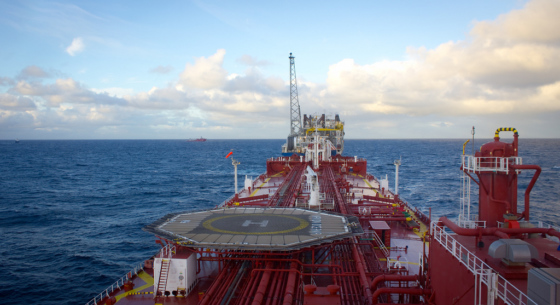
Can Bolivian Courts Render Impartial Justice?
A Latin America Advisor Q&A featuring experts opinions on the impartiality of Bolivia’s justice system and necessary reforms.
A Latin America Advisor Q&A featuring experts opinions on the impartiality of Bolivia’s justice system and necessary reforms.
The Amazon rainforest, one of the world’s most important ecosystems, faces environmental impacts from hydroelectric dams, oil and gas drilling sites, and mining projects. A new database and analysis by the Inter-American Dialogue reveals that state-owned enterprises, as well as small and mid-sized international companies from a handful of countries, operate the largest share of such projects in the Amazon region, meaning these companies have a substantial influence over the implementation of environmental and social safeguards.
Political changes are shaping the outlook in many of South America’s smaller and emerging oil and gas producers, including Guyana, Suriname, Ecuador, Peru and Bolivia. At a webinar co-hosted by the Inter-American Dialogue and the National Capital Area Chapter of the United States Association for Energy Economics (NCAC-USAEE), panelists discussed how political developments and the oil price decline are likely to impact producers in the region.
How much will former Bolivian President Evo Morales influence the country’s May 3 elections?
On December 13, 2019 the Inter-American Dialogue hosted “A Conversation with Luis Fernando Camacho”, candidate for the Bolivia presidency.
2019 has been a tumultuous year for South America. In recent months, mass protests have swept across several countries, including major oil and gas producers Bolivia, Ecuador, Peru, and Colombia. Continued political and social turbulence will likely contribute to stagnant oil and gas production growth in these countries. Conversely, Brazil and Guyana are on track to become the region’s largest sources of supply growth.
On November 22, 2019 the Inter-American Dialogue hosted the event “The Battle for Bolivia” in order to discuss the October 20 presidential election in Bolivia and controversial change of government that followed it.
La nueva onda de violencia dirigida hacia la Iglesia Católica en Nicaragua ocurre como respuesta de Ortega ante el rol que la misma ha jugado en las negociaciones.
How is Bolivia’s race shaping up, and do opposition candidates stand a chance against Morales?
The largest tropical rainforest on the planet, the Amazon plays a critical role as a storehouse of carbon and mediator of the global water cycle and holds a greater share of the world’s known biodiversity than any other ecosystem. However, unchecked development is placing the Amazon under threat, pushing deforestation rates to near-record levels throughout the region.
¿Qué tan bien están los países sudamericanos involucrando a inversionistas internacionales en sus estrategias de desarrollo de litio?
Chinese-built infrastructure can indeed be a boon for Latin America, but making this happen will require no shortage of strategic thinking on the part of policymakers.
Joining the Belt and Road is an easy sell for Latin America because the Initiative promises much and demands little, writes Ricardo Barrios.
Una conversación con René Orellana, Ministro de Planeación del Desarrollo
As global oil prices collapsed over the last two years, regional governments have started to lose their leverage in the energy industry. To attract international investors, they must offer increasingly favorable terms, which means ceding more of their own control.
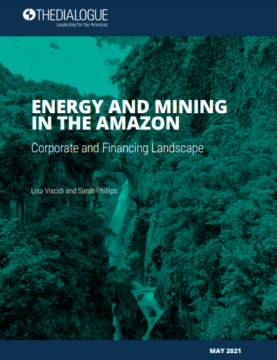
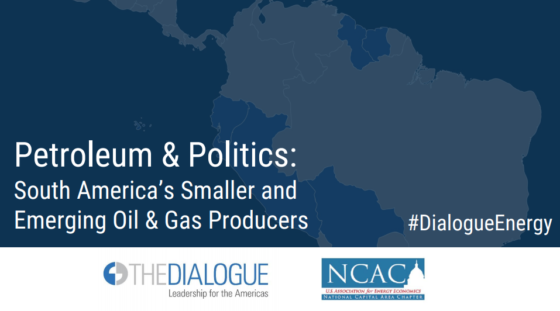 Video
Video
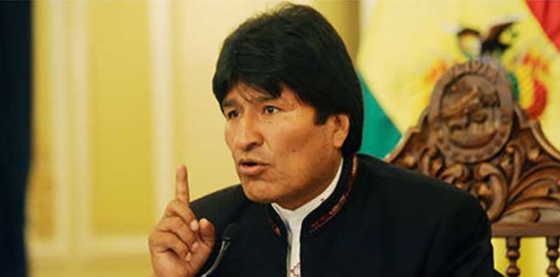
 Video
Video

 Video
Video
 Video
Video

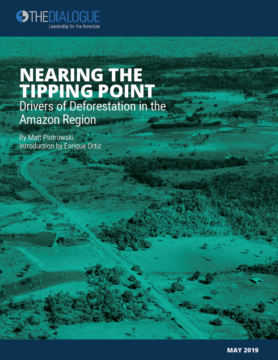
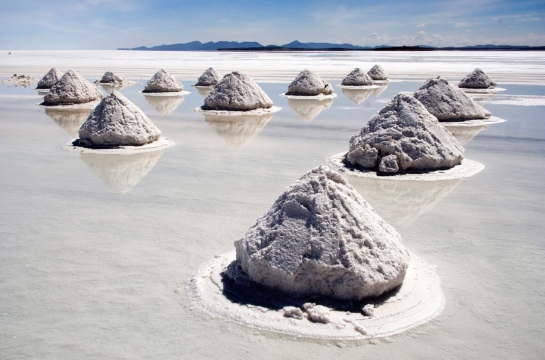

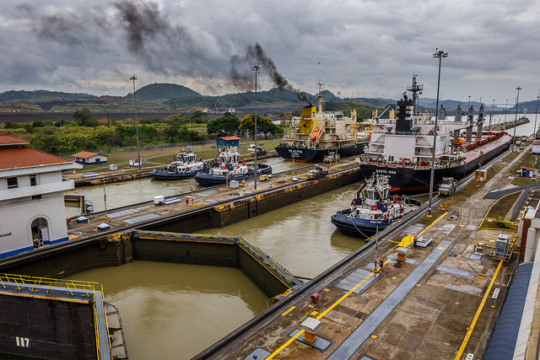
 Video
Video
